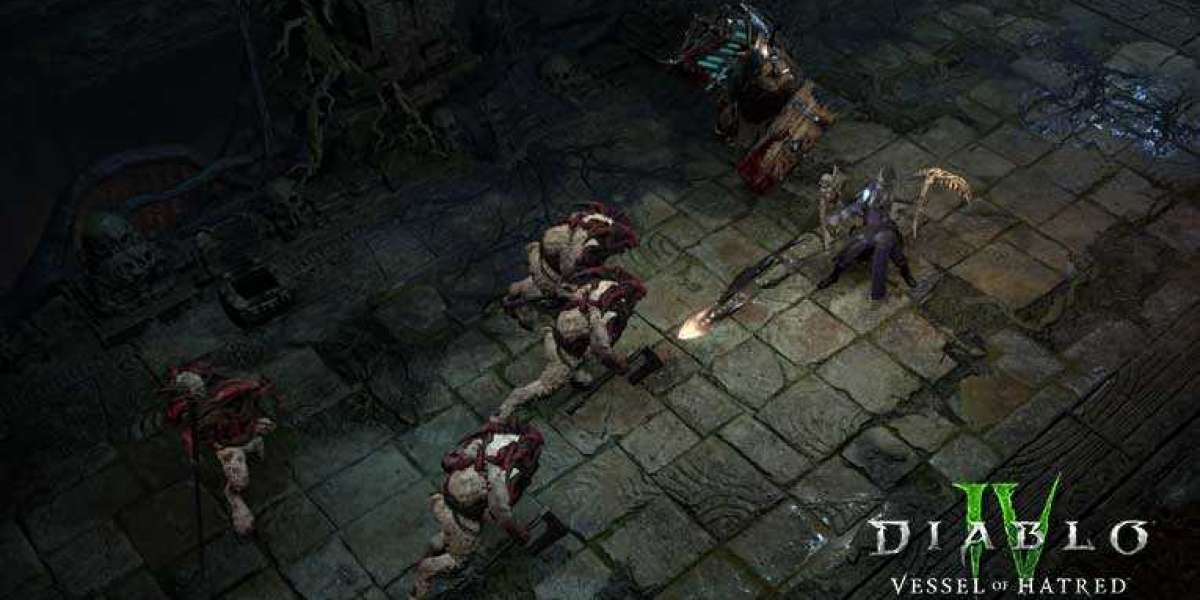In the realm of modern manufacturing, Computer Numerical Control (CNC) machines have revolutionized the way complex parts and components are produced. Among the various types of CNC machines, the Four Axis CNC machine stands out for its enhanced capabilities and versatility. Combining the precision of traditional CNC machining with the added flexibility of a fourth axis, these machines are essential tools in industries where intricate designs and high-quality production are paramount.
What is a Four-Axis CNC Machine?
A four-axis CNC machine is an advanced machining tool that operates with four degrees of freedom. While a typical three-axis CNC machine moves along the X, Y, and Z axes, a four-axis machine adds an additional rotational movement around one of these axes, typically the X-axis. This fourth axis is often referred to as the A-axis.
The introduction of the fourth axis allows for more complex machining operations, enabling the machine to work on multiple sides of a part without the need for repositioning. This capability is particularly useful for producing parts with intricate geometries, such as those found in aerospace, automotive, medical device manufacturing, and more.
Key Components of a Four-Axis CNC Machine
A four-axis CNC machine is composed of several critical components that work together to achieve precise machining:
- X, Y, Z Axes: These are the primary linear axes that control the movement of the cutting tool or the workpiece in three-dimensional space. The X-axis typically moves left to right, the Y-axis moves front to back, and the Z-axis moves up and down.
- A-Axis (Rotational Axis): The A-axis is the additional rotational axis that allows the workpiece to rotate around the X-axis. This rotation provides access to multiple sides of the workpiece, enabling more complex machining operations.
- Spindle: The spindle is the part of the CNC machine that holds and rotates the cutting tool. It is typically motor-driven and can operate at various speeds depending on the material being machined and the specific operation.
- Controller: The CNC controller is the brain of the machine. It interprets the programmed instructions (G-code) and controls the movement of the axes and spindle to execute precise machining tasks.
- Workholding Device: The workholding device secures the workpiece in place during machining. In a four-axis CNC machine, this device must allow for the rotational movement of the workpiece around the A-axis.
Advantages of Four-Axis CNC Machining
Four-axis CNC machines offer several significant advantages over their three-axis counterparts:
- Increased Precision and Accuracy:
- The ability to machine multiple sides of a part without repositioning reduces the risk of errors associated with manual re-clamping. This leads to higher precision and consistency in the finished product.
- Enhanced Productivity:
- Four-axis CNC machines can complete complex operations in a single setup, significantly reducing production time. This efficiency is particularly beneficial for high-volume production runs.
- Greater Flexibility:
- The additional rotational axis allows for more versatile machining. Complex geometries, undercuts, and angled features that would be difficult or impossible to achieve with three-axis machining can be easily handled by a four-axis machine.
- Reduced Setup Time:
- The ability to machine multiple sides of a part in one setup minimizes the need for multiple machine setups, reducing downtime and increasing overall productivity.
- Improved Surface Finish:
- Four-axis CNC machining can produce smoother surface finishes due to the continuous movement and rotation of the workpiece. This is especially important in industries where surface quality is critical, such as aerospace and medical device manufacturing.
Applications of Four-Axis CNC Machines
Four-axis CNC machines are widely used across various industries where precision and complexity are essential. Some common applications include:
- Aerospace:
- In aerospace manufacturing, components often have complex shapes and tight tolerances. Four-axis CNC machines are used to produce parts such as turbine blades, engine components, and structural parts.
- Automotive:
- The automotive industry relies on four-axis CNC machining for producing engine parts, transmission components, and other critical components that require high precision and durability.
- Medical Devices:
- Medical device manufacturing demands extremely precise and complex parts, such as implants and surgical instruments. Four-axis CNC machines are ideal for producing these intricate components with high accuracy.
- Prototyping:
- Four-axis CNC machines are also used in rapid prototyping, allowing engineers and designers to quickly create and test complex parts and assemblies before moving to full-scale production.
- Jewelry and Watchmaking:
- The precision and fine detail possible with four-axis CNC machining make it suitable for creating intricate designs in jewelry and watch components.
Choosing the Right Four-Axis CNC Machine
When selecting a four-axis CNC machine, several factors should be considered to ensure it meets your specific needs:
- Material Compatibility:
- Ensure the machine can handle the materials you work with, whether they are metals, plastics, or composites.
- Spindle Speed and Power:
- The spindle's speed and power are critical for cutting different materials efficiently. Choose a machine with appropriate specifications for your machining tasks.
- Work Envelope:
- The size of the machine's work envelope determines the maximum size of the parts it can handle. Consider your typical part sizes when selecting a machine.
- Software Compatibility:
- The CNC machine should be compatible with your existing CAD/CAM software to ensure smooth integration into your workflow.
- Support and Service:
- Consider the availability of technical support, training, and maintenance services when choosing a machine. A reliable manufacturer with good customer service can make a significant difference in your machining operations.
Conclusion
Four-axis CNC machines represent a significant advancement in machining technology, offering enhanced precision, flexibility, and productivity. They are indispensable tools in industries that require the production of complex, high-quality parts. Whether you're in aerospace, automotive, medical device manufacturing, or any other field that demands intricate machining, a four-axis CNC machine can elevate your production capabilities and help you achieve superior results. By understanding the advantages and applications of these machines, you can make informed decisions that align with your manufacturing goals and set your business on the path to success.








